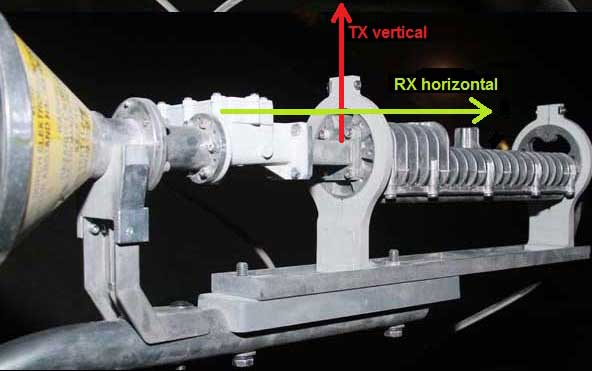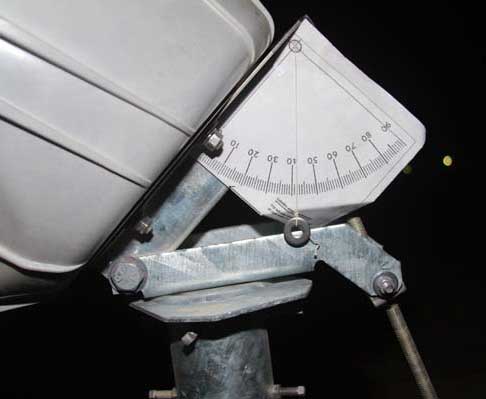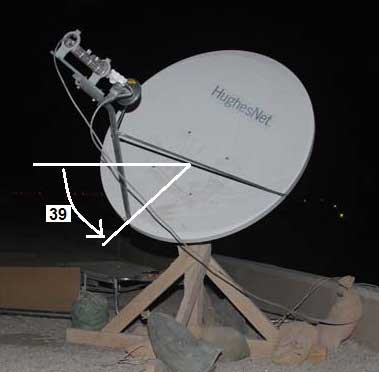Satellite Internet Forum.
Welcome, Guest. Forum rules.To search this site click here > SATSIG search
| Home Login Register |
| Satellite Internet forum › HughesNet and Hughes HX VSATs › Pointing Dish: need help in Afghanistan |
|
Pages: 1
|
Pointing Dish: need help in Afghanistan(Read 7051 times) |
|
Montourage
Member
★★ Offline Posts: 9 |
Oct 17th, 2010 at 8:20pm
|
| Back to top |
« Last Edit: Oct 18th, 2010 at 11:14pm by Admin1 »
IP Logged
|
|
Eric Johnston
Senior Member
★★★ Offline Posts: 2109 |
Reply #1 - Oct 17th, 2010 at 9:16pm
|
| Back to top |
« Last Edit: Oct 19th, 2010 at 9:15am by Admin1 »
IP Logged
|
|
Montourage
Member
★★ Offline Posts: 9 |
Reply #2 - Oct 18th, 2010 at 6:18pm
|
| Back to top |
« Last Edit: Oct 19th, 2010 at 9:15am by Admin1 »
IP Logged
|
|
Eric Johnston
Senior Member
★★★ Offline Posts: 2109 |
Reply #3 - Oct 18th, 2010 at 6:51pm
|
| Back to top |
« Last Edit: Apr 18th, 2011 at 2:02pm by Admin1 »
IP Logged
|
|
Dan-BW
Member
★★ Offline Posts: 6 |
Reply #4 - Oct 19th, 2010 at 3:51pm
|
| Back to top |
« Last Edit: Nov 4th, 2010 at 5:28pm by Admin1 »
IP Logged
|
|
Eric Johnston
Senior Member
★★★ Offline Posts: 2109 |
Reply #5 - Nov 4th, 2010 at 5:26pm
|
| Back to top |
IP Logged
|
|
Pages: 1
|
Email me: eric@satsig.net
Powered by YaBB 2.5.2!
YaBB Forum Software © 2000-. All Rights Reserved.
Disclaimer, Terms of Use and Privacy Forum User Agreement Forum rules Cookie policy.






